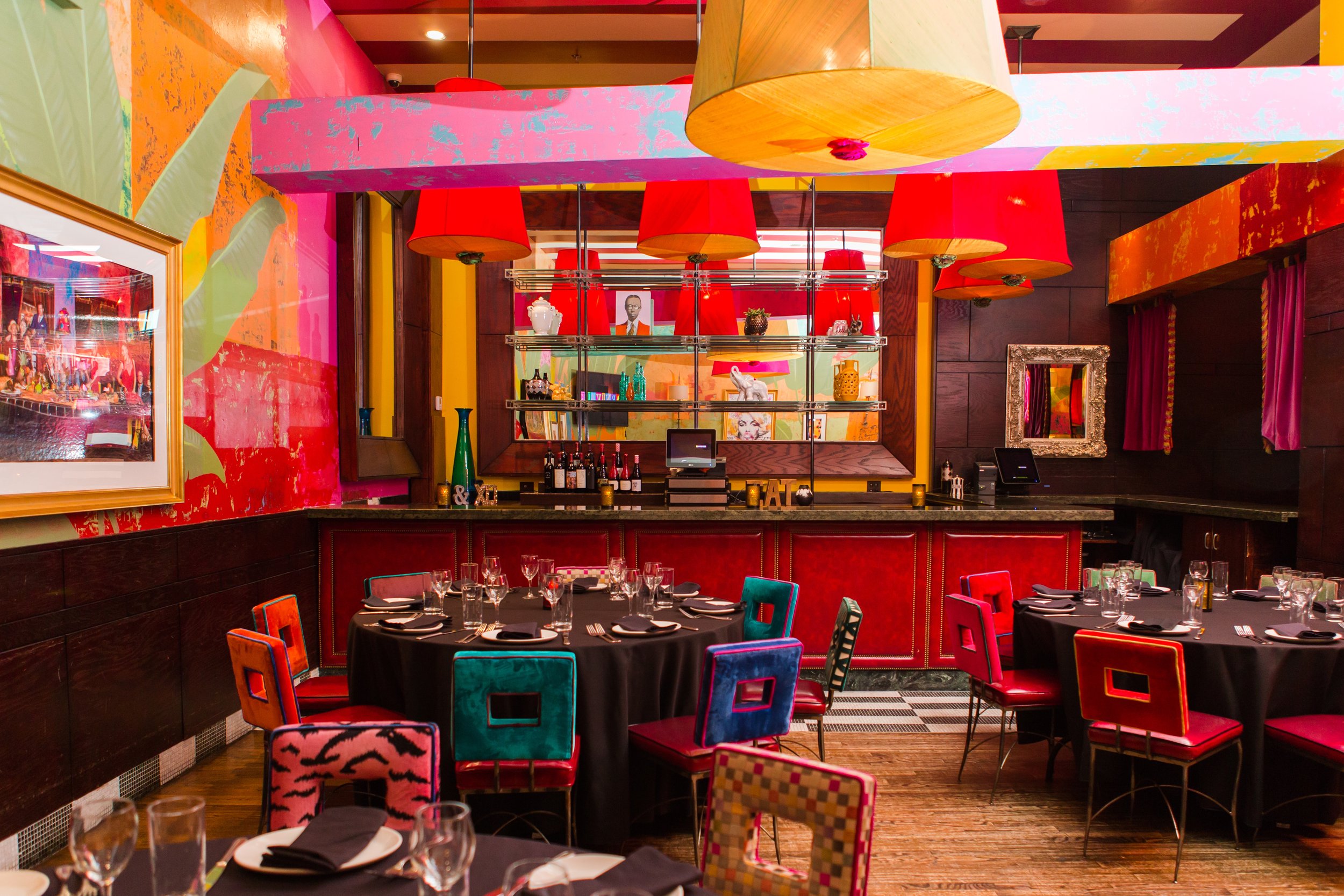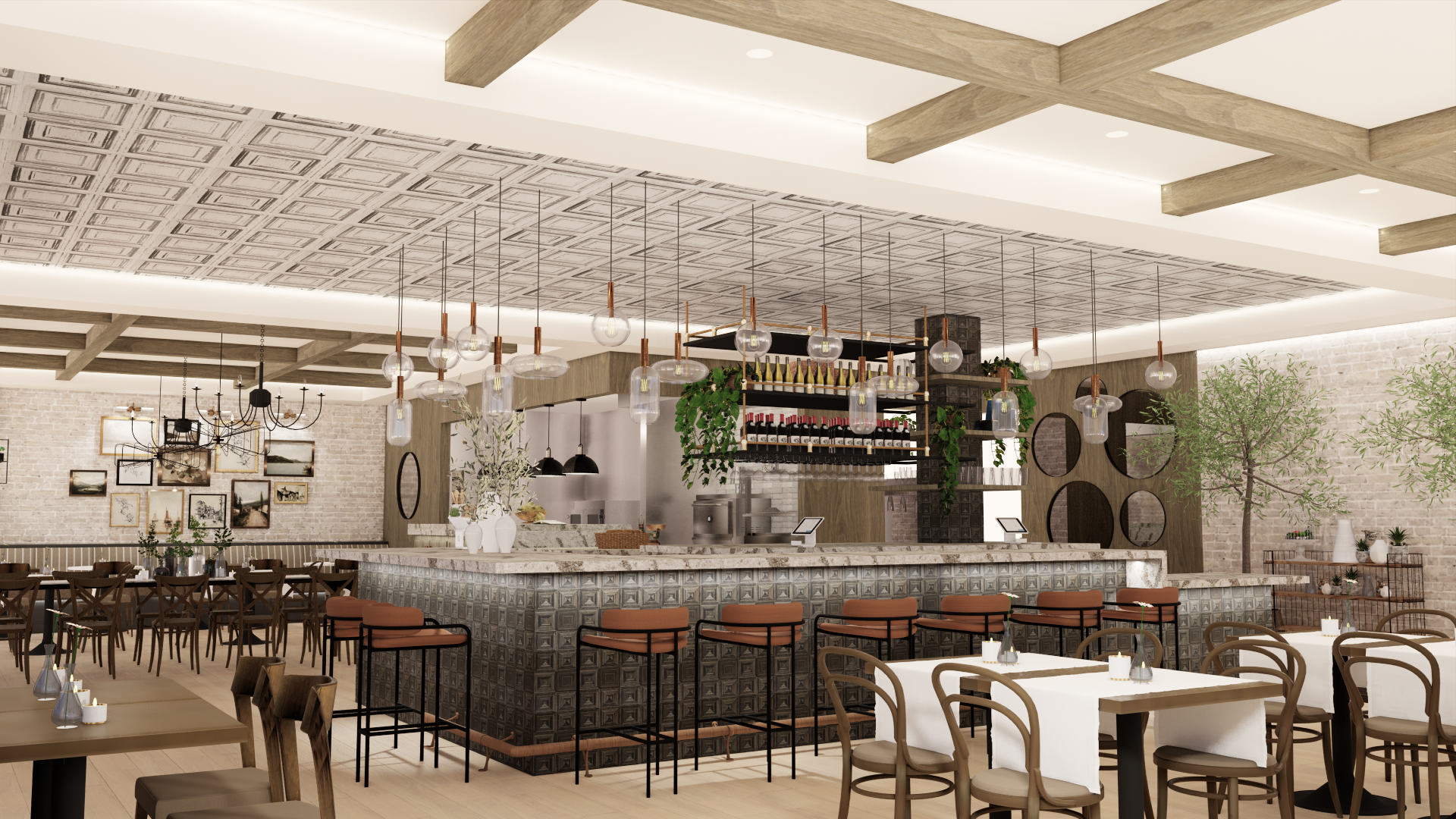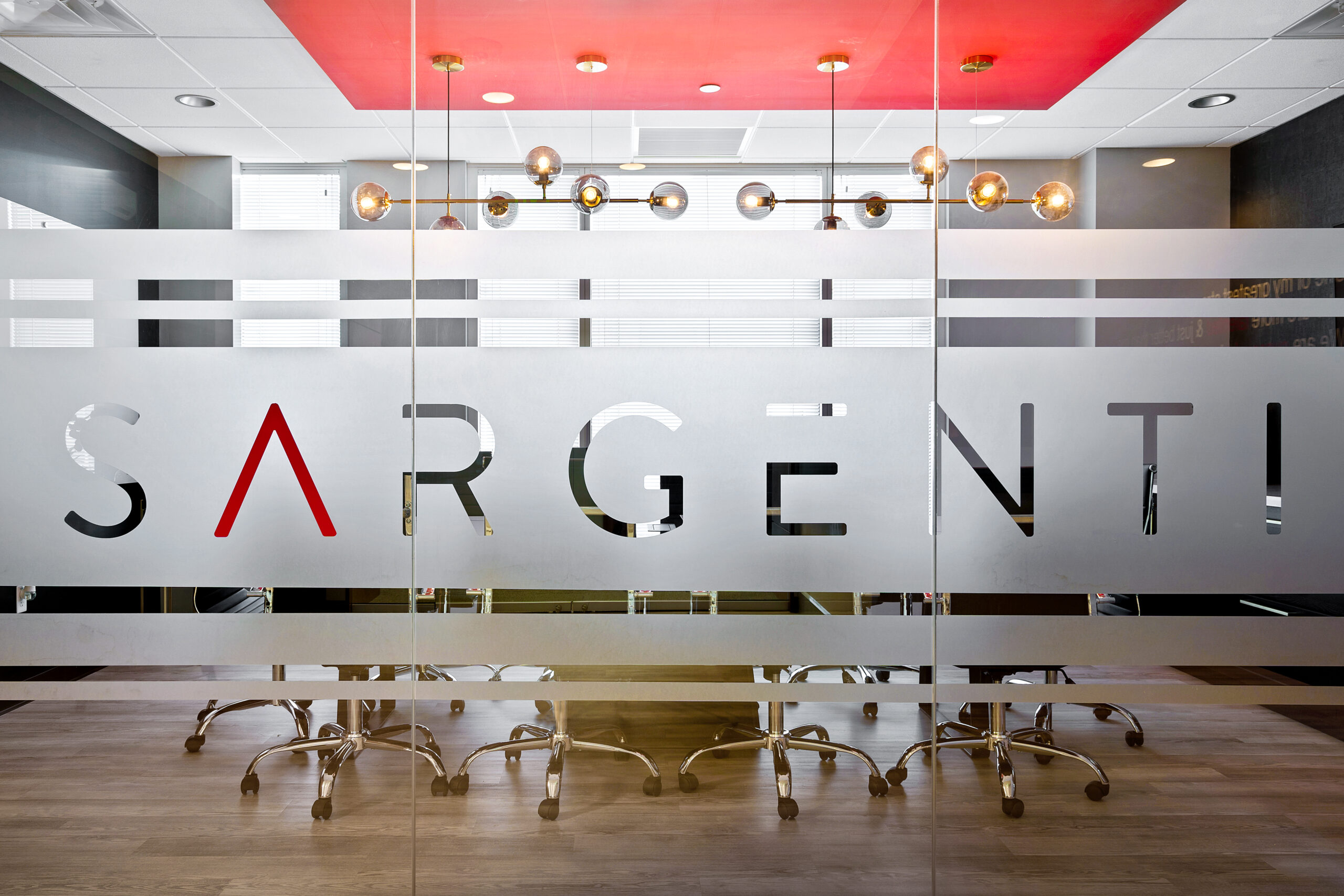Retail spaces have undergone a significant transformation over the years, evolving from simple marketplaces to complex environments designed to offer immersive experiences. This evolution has been driven by changes in consumer behavior, technological advancements, and a growing emphasis on sustainability. Understanding these shifts is crucial for architects, designers, and retailers aiming to stay ahead in a competitive market. In this article, we explore the key trends shaping the future of retail architecture, including the use of sustainable materials, technology integration, and the rise of experiential shopping.
Historical Evolution of Retail Spaces
The journey of retail spaces begins with traditional markets and general stores, where functionality was the primary focus. Over time, these spaces evolved into department stores and shopping malls, reflecting a shift towards convenience and variety. The late 20th century saw the rise of big-box retailers and chain stores, which prioritized efficiency and scale. However, the turn of the century brought about the digital revolution, fundamentally altering the retail landscape.
Sustainable Materials: Building for the Future
In recent years, there has been a growing awareness of environmental issues, leading to a significant shift towards sustainability in retail architecture. Consumers are increasingly conscious of the environmental impact of their purchases, and retailers are responding by adopting eco-friendly practices. Key sustainable trends include:
- Recycled and Reclaimed Materials: The use of recycled materials, such as reclaimed wood and recycled metal, has become popular. These materials not only reduce waste but also add a unique aesthetic to retail spaces.
- Energy-Efficient Systems: Incorporating energy-efficient lighting, HVAC systems, and appliances helps reduce a store’s carbon footprint. LED lighting, solar panels, and advanced climate control systems are now common features in modern retail design.
- Green Building Certifications: Certifications like LEED (Leadership in Energy and Environmental Design) encourage the use of sustainable building practices. Retailers strive for these certifications to demonstrate their commitment to sustainability.
Technology Integration: The Digital Influence
Technology has been a driving force in the evolution of retail spaces. The integration of digital tools and systems has transformed the way consumers shop and how retailers operate. Key technological trends include:
- Smart Stores: Retail spaces equipped with IoT (Internet of Things) devices can offer personalized shopping experiences. Smart mirrors, interactive displays, and automated checkout systems enhance convenience and engagement.
- Augmented Reality (AR) and Virtual Reality (VR): AR and VR technologies allow customers to visualize products in their own space or experience virtual store environments. This immersive technology helps bridge the gap between online and offline shopping.
- Omnichannel Integration: Seamless integration of online and offline channels is essential for modern retail. Click-and-collect services, in-store digital kiosks, and mobile apps provide a unified shopping experience, catering to the tech-savvy consumer.
Experiential Shopping: Creating Memorable Experiences
Today’s consumers seek more than just products; they desire memorable experiences. Retail spaces are evolving to meet this demand by offering immersive, engaging environments. Key trends in experiential shopping include:
- Interactive and Immersive Displays: Interactive displays and installations captivate customers and encourage them to engage with products. These experiences can range from touchscreens providing product information to immersive brand storytelling through multimedia.
- In-Store Events and Workshops: Hosting events, workshops, and demonstrations can draw customers into the store and create a sense of community. These experiences often lead to increased foot traffic and brand loyalty.
- Themed Environments: Themed retail spaces transport customers to different worlds, providing a unique and memorable shopping experience. From concept stores to pop-up shops, these environments foster a sense of wonder and exploration.
Conclusion
The evolution of retail spaces reflects broader societal trends and technological advancements. Sustainable materials, technology integration, and experiential shopping are shaping the future of retail architecture. As consumers continue to seek personalized, engaging, and eco-friendly shopping experiences, retailers and designers must adapt to these trends to stay relevant. By embracing these changes, retail spaces can evolve into dynamic environments that not only meet the needs of today’s consumers but also contribute to a sustainable and innovative future.




